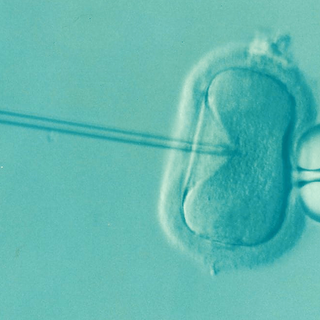From reducing children’s lifespan to impacting their cognitive development, and even causing premature deaths, the effect of air pollution on kids has always been a concern. Now, a new study has revealed that fumes from traffic result in four million new cases of childhood (ages 1-18) asthma every year, equivalent to 11,000 new cases every day. Of these, 350,000 or 8% of the cases occur in India, second only to China with 760,000 cases each year, probably due to their high population and pollution levels, said the report published in the journal, Lancet Planetary Health.
Penny Woods, chief executive of the British Lung Foundation, said to The Guardian, “We used to think the only real danger roads posed to children was the threat of a car accident. However now we can see there’s an equally deadly risk: breathing in air pollution. Rightly, there’s been a huge effort to reduce road accidents and we need to see an equal commitment to reducing toxic air.”
The study analyzed 194 countries and used nitrogen dioxide (NO2) levels as an indicator of traffic pollution. This key pollutant is produced largely by diesel vehicles. Researchers said they can’t rule out that other pollutants such as tiny particles emitted by vehicles as a factor and added that their research may underestimate the true levels in many poorer nations where asthma often goes undiagnosed.
Related on The Swaddle:
Asthma In The Air
India ranked 58th after U.K. (24th) and the U.S. (25th). Kuwait ranked first. Researchers explained that India ranks below other countries because although the level of other pollutants—particularly PM2.5— in India are among the highest in the world, NO2 levels appear to be lower than or comparable to levels in European and U.S. cities.
“NO2 levels may not be high all the time but during winter at high traffic zones and around power plants, it occasionally breaches the standard. NO2 levels are important because it reacts with volatile organic compounds in the presence of sunlight and forms Ozone (O3), which affects both asthmatics and healthy people. It is gradually developing in to a problem in India,” said SN Tripathi, professor at the Centre for Environmental Science and Engineering at IIT-Kanpur to Hindustan Times (HT).
Related on The Swaddle:
Genes May Determine How Badly Traffic Pollution Triggers Your Asthma
Dr Arvind Kumar, chairman of the centre for chest surgery at Sir Ganga Ram Hospital in New Delhi, and founder-trustee of the Lung Care Foundation also told HT, “Childhood asthma prevalence in India has increased dramatically, especially in children who live near arterial roads.” He added, “Several components of traffic emission, such as carbon and other particulate matter, ozone and carbon monoxide, can irritate and inflame the airways and lead to asthma in those with airway sensitivity, we need a deep-dive into the triggers for children in India.”
Lead author Ploy Achakulwisut from George Washington University said that hopefully, with the study, there will be policy initiatives to alleviate traffic-related air pollution that will cause improvements in children’s health and also reduce greenhouse gas emissions.




